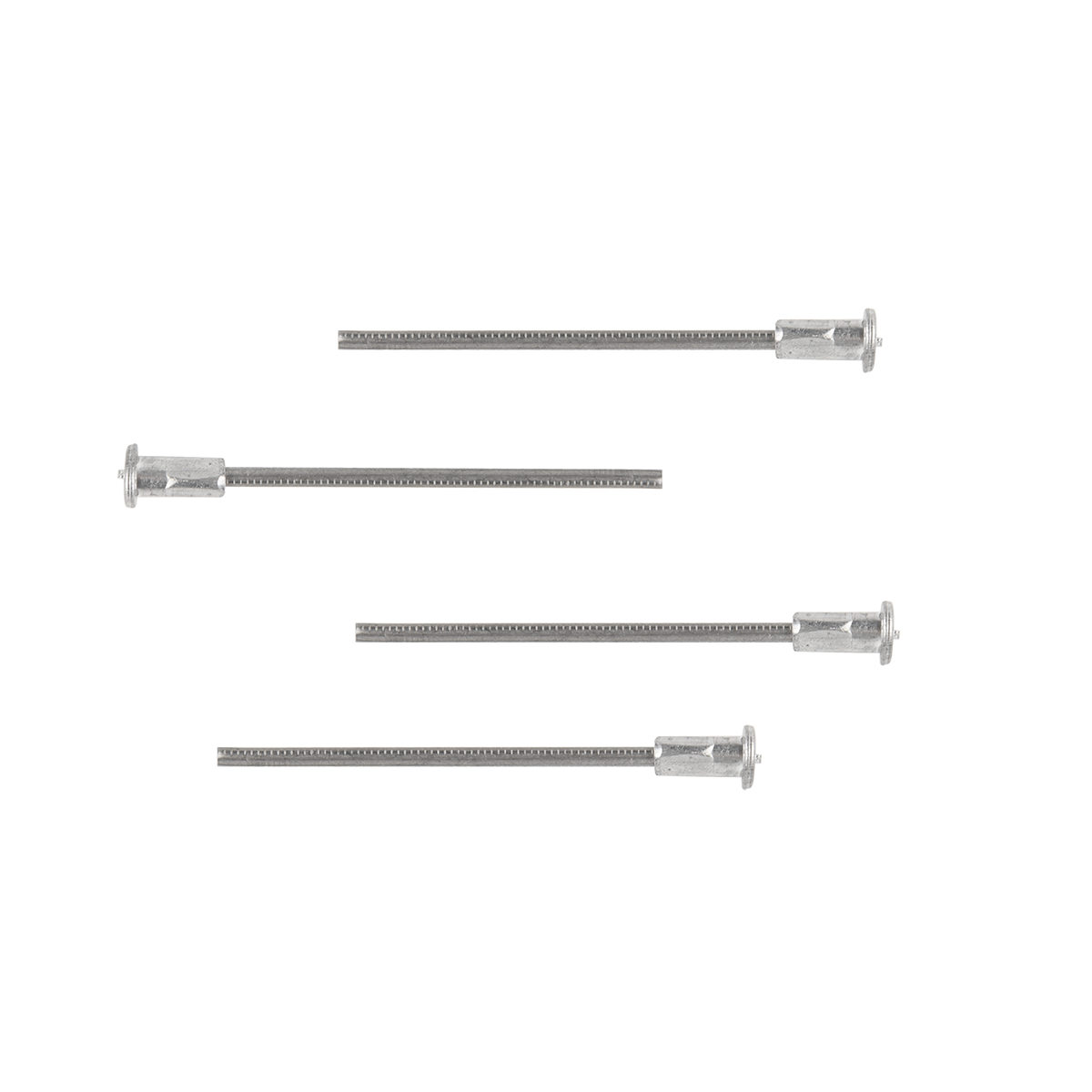Installation Skills and Precautions for Insulation Pins
Author: admin Date: 2024-08-16 15:55:05 Category: INDUSTRY NEWS
The installation of insulation pins requires certain skills and careful attention to details to ensure the effectiveness and durability of the insulation system. Here are some important installation techniques and precautions to keep in mind:
Before starting the installation, it is crucial to carefully plan the layout of the insulation pins. Consider the size and shape of the insulation material, as well as the distribution of load and stress points. This will help determine the optimal spacing and positioning of the pins to provide uniform support.

When handling the insulation pins, avoid any rough handling that could damage the pins or their adhesive coatings. If using self-adhesive pins, make sure the surface to which they will be attached is clean, dry, and free of any dirt, grease, or moisture. This will ensure a strong and reliable bond.
During the installation process, use the appropriate tools and apply the correct amount of pressure when inserting the pins. For example, if using a hammer or a press, be cautious not to apply excessive force that could deform the pins or damage the insulation material.
It is essential to maintain a consistent angle and depth when inserting the pins. This helps to ensure even distribution of the load and prevents any weak spots in the insulation. Also, make sure the pins are inserted perpendicular to the surface for maximum stability.
In cases where multiple layers of insulation are being used, stagger the placement of the pins to enhance the overall strength and stability of the insulation system.
For example, when insulating a pipe, start from one end and insert the pins at regular intervals, making sure they are evenly spaced around the circumference.
After installation, inspect the pins to ensure they are all securely in place and there are no loose or protruding pins. Any issues should be addressed immediately to avoid potential problems in the future.
Remember, proper installation of insulation pins is key to achieving efficient insulation and preventing heat loss or gain.